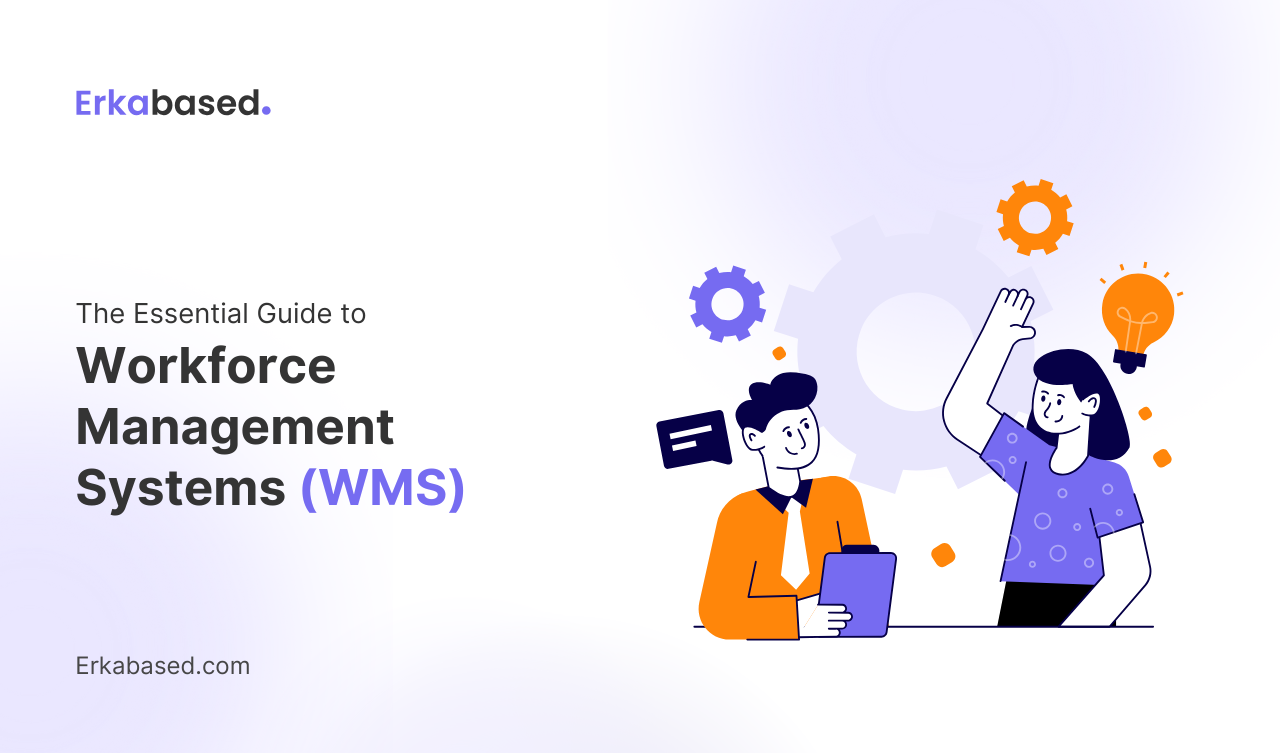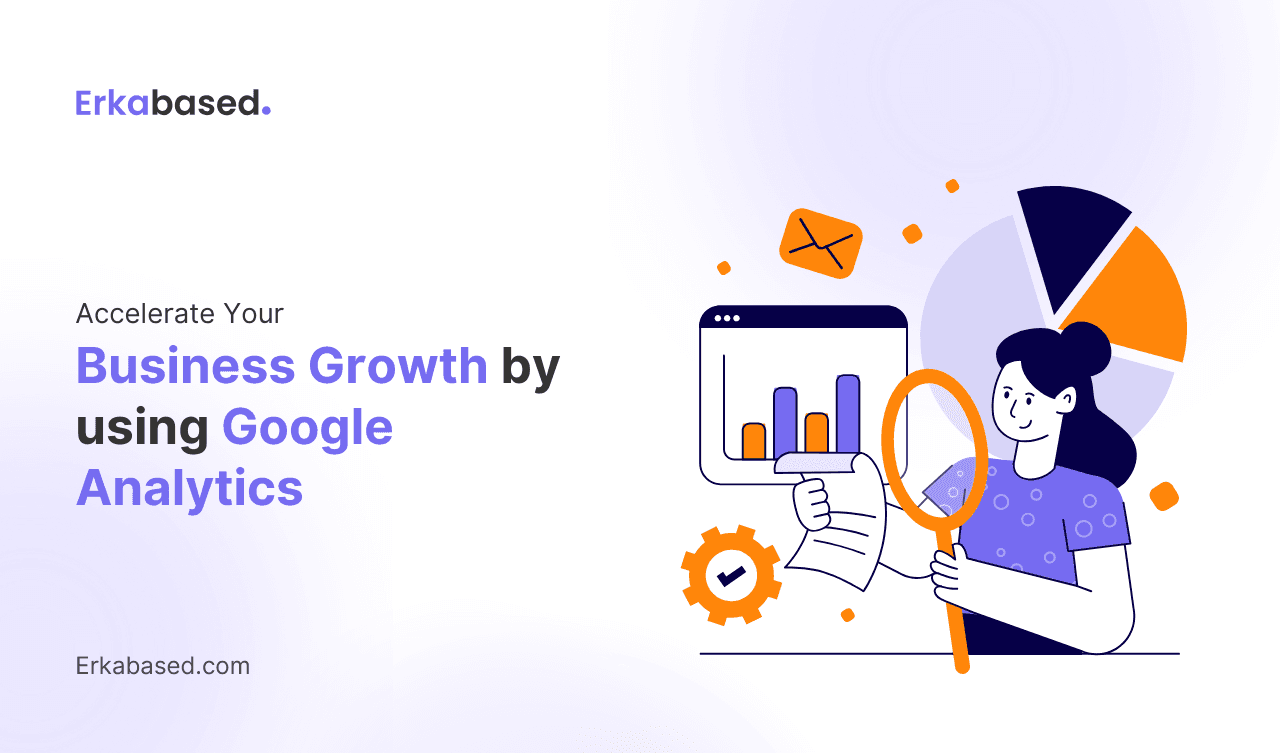Introduction
Managing a workforce efficiently is a critical challenge for businesses of all sizes. Whether you’re running a small team or overseeing a large organization, keeping track of employee performance, schedules, compliance, and overall productivity is a complex process. This is where a Workforce Management System (WMS) comes into play, offering a powerful solution to streamline workforce operations.
In this guide, we will delve deep into what a Workforce Management System is, how it works, and the key benefits it can bring to your organization. Additionally, we’ll explore how implementing such a system can significantly improve efficiency, employee satisfaction, and operational performance.
What is a Workforce Management System (WMS)?
A Workforce Management System (WMS) is a digital tool designed to optimize employee management processes, ensuring that your workforce is being utilized to its full potential. It is a software suite that typically includes features such as employee scheduling, time and attendance tracking, performance management, and compliance with labor laws.
The ultimate goal of a WMS is to create a seamless process for managing the human resources of your company, providing valuable insights into how your workforce operates and where improvements can be made. With a comprehensive WMS in place, businesses can reduce manual workload, minimize human errors, and align employee productivity with organizational goals.
Key Features of a Workforce Management System
A robust WMS provides a variety of features to help businesses manage their workforce more effectively. These core features are integral to improving operational efficiency and enhancing employee satisfaction:
Time and Attendance Tracking
Tracking employee hours is fundamental to managing a workforce. A WMS automates the tracking of attendance, ensuring that all records are accurate and up to date. This reduces the risk of payroll errors and ensures compliance with labor regulations.
Employee Scheduling
Effective employee scheduling is vital to avoiding overstaffing or understaffing, which can lead to inefficiencies and dissatisfaction. A WMS allows managers to create optimized schedules based on business needs, employee availability, and skillsets. Additionally, employees can access their schedules remotely, making it easier for them to plan their time.
Performance Management
Understanding the performance of your employees is crucial for driving productivity. A WMS often includes performance management tools that track individual and team metrics, helping managers identify top performers and areas for improvement. Performance data can be used to create targeted training programs or to align incentives with organizational goals.
Compliance Management
Labor laws and regulations are constantly evolving, and ensuring compliance can be a significant challenge for businesses. A WMS can be customized to track relevant labor regulations, such as overtime laws, break policies, and leave entitlements, helping your business stay compliant and avoid costly legal issues.
Payroll Integration
Accurate and timely payroll processing is critical for employee satisfaction. By integrating payroll with time and attendance data, a WMS ensures that employees are paid accurately and on time. This integration also reduces the administrative burden on HR departments, freeing them to focus on more strategic tasks.
Self-Service Features
Many modern WMS solutions offer employee self-service portals, where workers can request time off, check their schedules, and even update personal information. This autonomy improves employee satisfaction and reduces the administrative workload on HR teams.
Why Your Business Needs a Workforce Management System
Implementing a Workforce Management System is not just about technology; it’s about transforming how your business operates. By automating key processes, a WMS brings a multitude of benefits that directly impact your bottom line:
Improved Operational Efficiency
Automation is at the core of WMS solutions. By eliminating manual processes such as paper-based attendance tracking or spreadsheet-based scheduling, businesses can significantly reduce the time spent on administrative tasks. This frees up managers to focus on more value-added activities, such as strategic planning or employee development.
Enhanced Employee Engagement and Satisfaction
Employees thrive in environments where they have clarity and control over their schedules and workload. With a WMS, employees can access their schedules from anywhere, request leave, and get real-time updates, leading to a more engaged and motivated workforce. Additionally, transparent performance tracking ensures that employees feel recognized for their hard work, fostering a culture of accountability and reward.
Accurate Data for Better Decision-Making
A WMS provides real-time data on employee attendance, productivity, and overall workforce performance. This data is invaluable for making informed decisions about staffing levels, training needs, or operational improvements. By having access to this data, businesses can identify trends and act proactively to address issues before they escalate.
Cost Reduction
Inefficiencies in workforce management can be costly. Whether it's payroll errors, overstaffing, or compliance violations, the financial impact can be substantial. By implementing a WMS, businesses can reduce these costs by ensuring accurate data collection, better scheduling practices, and consistent compliance with labor laws.
Compliance and Risk Mitigation
Keeping up with changing labor laws can be a complex task, especially for businesses with operations across multiple regions or countries. A WMS helps ensure compliance by automating the tracking of regulatory requirements and flagging potential issues before they become serious. This reduces the risk of non-compliance and the associated penalties, safeguarding your business from legal challenges.
How a WMS Enhances Strategic Workforce Planning
Beyond managing day-to-day operations, a Workforce Management System plays a pivotal role in strategic workforce planning. Strategic workforce planning involves forecasting future staffing needs based on business goals, market conditions, and workforce trends.
A WMS can assist in this by providing detailed reports and analytics on your current workforce, allowing you to identify gaps in skills, overstaffing, or understaffing. This data is crucial for developing long-term hiring strategies, training programs, and succession plans that align with the broader goals of your organization.
With better forecasting and planning, your business can be more agile, ready to adapt to changes in market conditions or shifts in workforce demands. This proactive approach can give your organization a competitive edge, ensuring that you have the right people in the right positions at the right time.
Challenges in Workforce Management and How WMS Solves Them
Even with the best intentions, workforce management can present significant challenges. Fortunately, a WMS is designed to address many of the common pain points businesses face:
Manual Scheduling
Manually creating schedules can be time-consuming and prone to errors. A WMS automates the scheduling process, factoring in employee availability, skills, and business needs to create optimal schedules.
Lack of Real-Time Data
Without real-time data, businesses may struggle to react quickly to changes in the workforce, such as absenteeism or sudden increases in demand. A WMS provides up-to-date information on employee attendance and availability, enabling managers to make real-time adjustments.
Inconsistent Performance Reviews
Performance reviews can be subjective and inconsistent if not based on accurate data. A WMS provides performance metrics that help managers conduct fair, data-driven evaluations, improving the transparency and fairness of the review process.
Difficulty in Ensuring Compliance
Navigating labor regulations is a complex task, especially for businesses operating in multiple locations. A WMS tracks relevant regulations and helps ensure that your business remains compliant, reducing the risk of legal issues.
How to Choose the Right Workforce Management System
Selecting the right WMS for your organization requires careful consideration of your specific needs and business objectives. Here are some factors to keep in mind:
Scalability
Ensure the system you choose can grow with your business. As your workforce expands, your WMS should be able to handle increased demand without compromising performance.
Ease of Use
The system should be user-friendly, allowing both managers and employees to easily navigate and perform necessary tasks. A complicated interface can lead to lower adoption rates and inefficient use of the system.
Customization
Every business has unique needs. Look for a WMS that can be customized to meet your specific requirements, such as industry regulations, company policies, or unique scheduling needs.
Integration Capabilities
Ensure the WMS integrates seamlessly with your existing software, such as HR management tools or payroll systems. This ensures a smooth flow of data across platforms and reduces the risk of errors.
Support and Training
A good WMS provider should offer comprehensive training and ongoing support to ensure that your team is fully equipped to use the system effectively.
Conclusion
In today’s fast-paced business environment, managing a workforce effectively is more critical than ever. A Workforce Management System is not just a tool for automating processes; it’s a strategic asset that can help your business improve efficiency, enhance employee satisfaction, and stay competitive in the market.
By investing in a WMS, your business can benefit from real-time insights, better decision-making, and a more engaged and productive workforce. The system pays for itself over time by reducing costs associated with inefficiencies, compliance violations, and employee turnover.
At Erkabased, we understand that every business is unique. We specialize in creating customized workforce management solutions that are tailored to meet the specific needs of your organization. Whether you’re looking to optimize your scheduling, improve compliance, or enhance performance management, our team of experts is here to help you achieve your workforce goals. Ready to take your workforce management to the next level? Contact Erkabased today to learn how we can help transform your workforce operations with a tailored WMS solution designed to meet your business needs.



